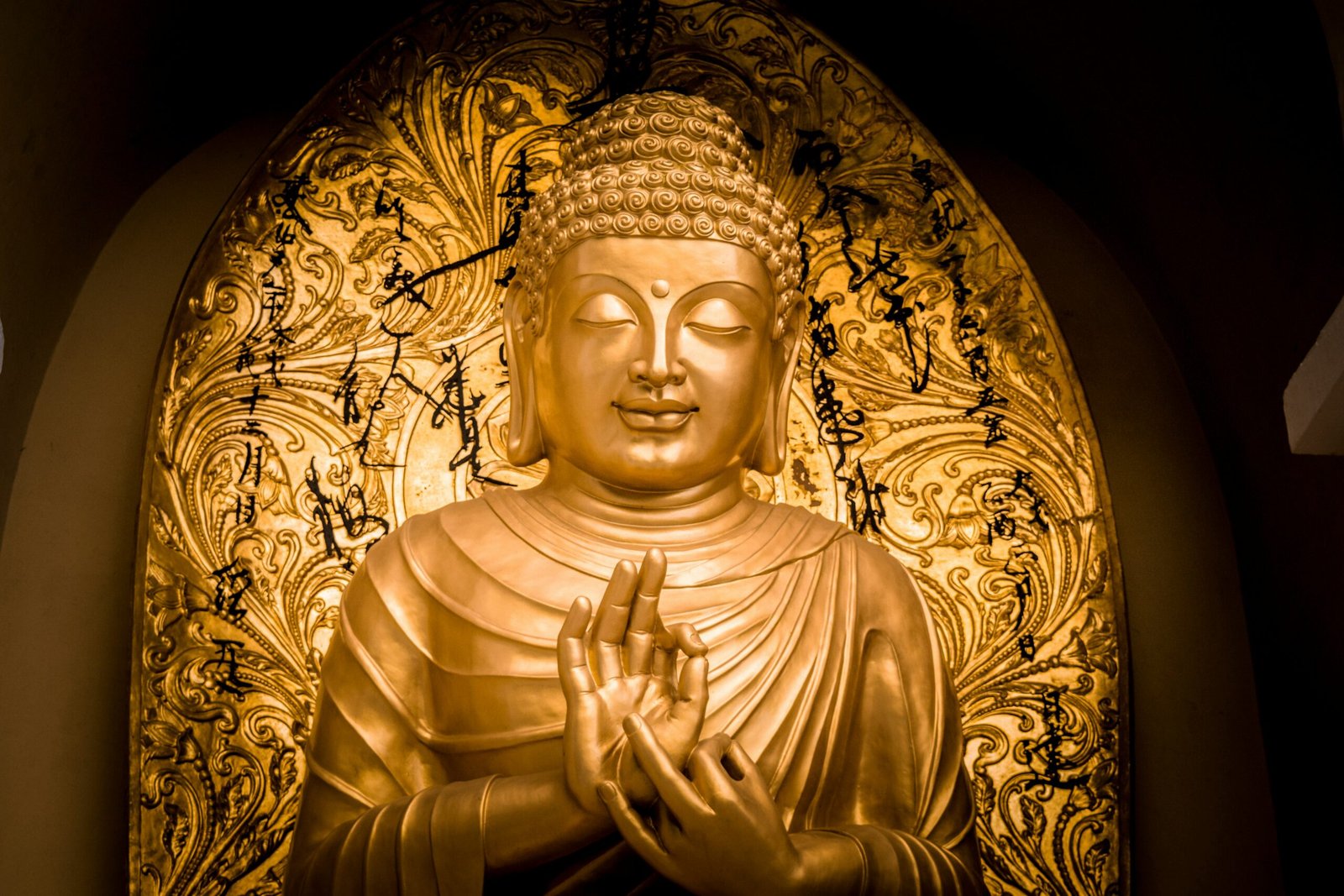What is a Buddha Stupa?
A Buddha Stupa is a monumental structure that holds profound significance in the realm of Buddhism, acting as a symbol of the Buddha’s teachings and physical relics. Originating in ancient India around the 3rd century BCE, stupas are believed to have been established initially to house the relics of the Buddha and prominent Buddhist teachers. As Buddhism spread across Asia, the architectural design of stupas was adapted, reflecting diverse cultural influences while maintaining their core purpose as places of reverence and meditation.
The design of a stupa typically includes several key elements. The dome, known as the Anda, symbolizes the universe and the central point of focus, while the square base represents the four directions of the world. Atop the dome is the spire, or Chhatra, which signifies the path to enlightenment and serves to guide spiritual energy towards the heavens. Surrounding the stupa is often a courtyard, where pilgrims can engage in meditation and circumambulation, an essential aspect of Buddhist practice that cultivates mindfulness and devotion.
Beyond their architectural grandeur, stupas hold deep symbolic meanings. Each component is imbued with spiritual significance; for example, the circular shape of the dome denotes the cycle of life, death, and rebirth, aligning with the core Buddhist belief in samsara. Additionally, stupas function as focal points for pilgrimage, where devotees gather to pay homage, reflect, and seek spiritual growth. Through their aesthetic elegance and rich symbolism, Buddha stupas embody the essence of Buddhism, inviting individuals to embark on a journey of contemplation and inner peace.
The Historical Evolution of Stupas
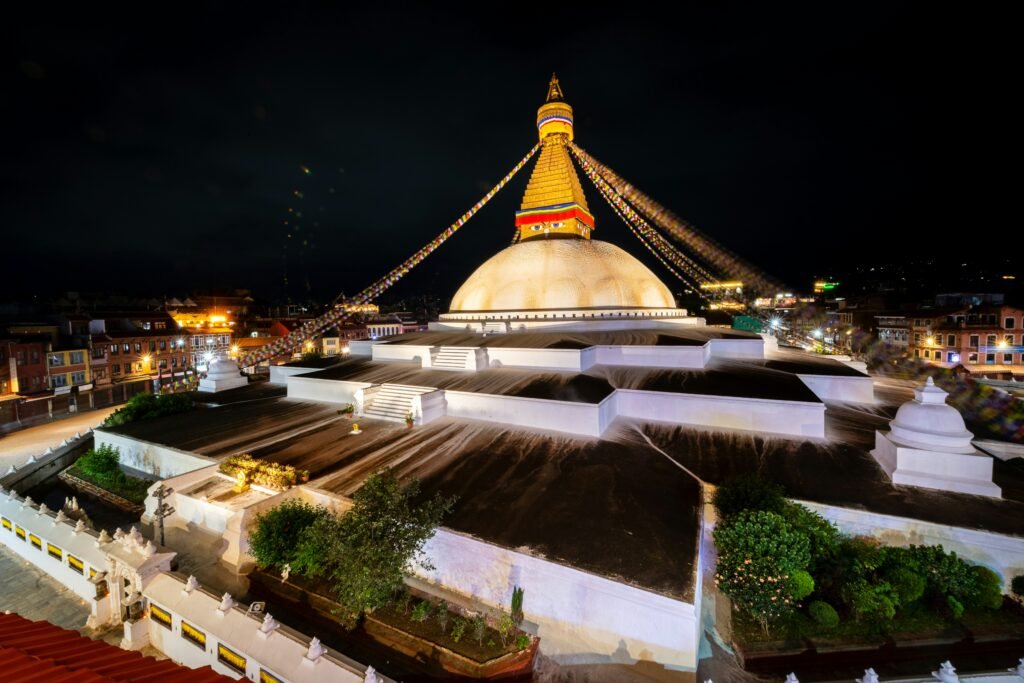
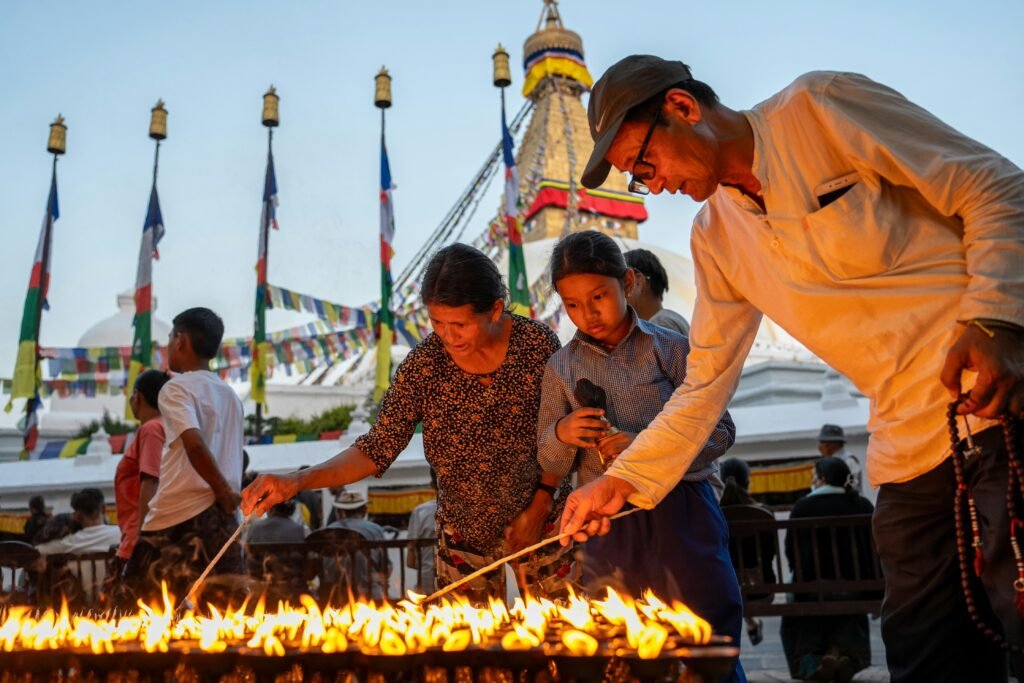

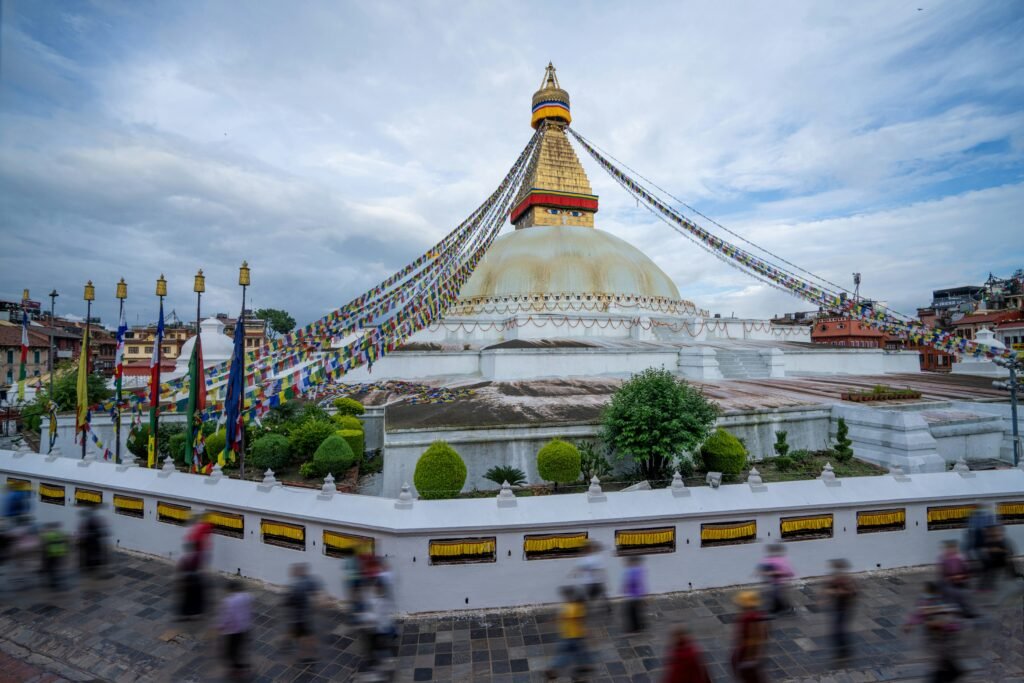
The historical evolution of stupas reveals a fascinating journey that reflects the changes in architectural styles, spiritual significance, and cultural contexts across Asia. Stupas originated in ancient India around the 3rd century BCE, primarily as burial mounds housing the relics of the Buddha and his disciples. The earliest stupas were simple earthen structures, such as the Stupa of Sanchi in Madhya Pradesh, which became a prototype for later developments. Sanchi, with its intricately carved gateways and dome, exemplifies the transition from a basic burial site to a monumental symbol of Buddhist faith.
As Buddhism spread beyond India, stupas began to evolve in design and function, adapting to different regional influences. In Nepal, the Boudhanath Stupa emerged as one of the largest and most revered stupas among the Tibetan Buddhist community. Characterized by its massive mandala structure, Boudhanath serves as a focal point for prayer and pilgrimage, illustrating how cultural elements blend with Buddhist practices. Similarly, stupas in Southeast Asia, such as the Shwedagon Pagoda in Myanmar, depict a more ornate style, emphasizing Gold leaf and elaborate embellishments, reflecting local artistry and spiritual beliefs.
These structures not only functioned as reliquaries but also served as centers for community gatherings, meditation, and monastic activities, thereby reinforcing their importance in the propagation of Buddhism. Over centuries, various architectural styles have emerged in response to local aesthetics and cultural sentiments, contributing to an ever-evolving religious landscape. The historical significance of stupas continues into the modern era, with renewed interest in preserving and studying these architectural marvels as they symbolize the enduring legacy of Buddhism across Asia.
Architectural Features of a Buddha Stupa


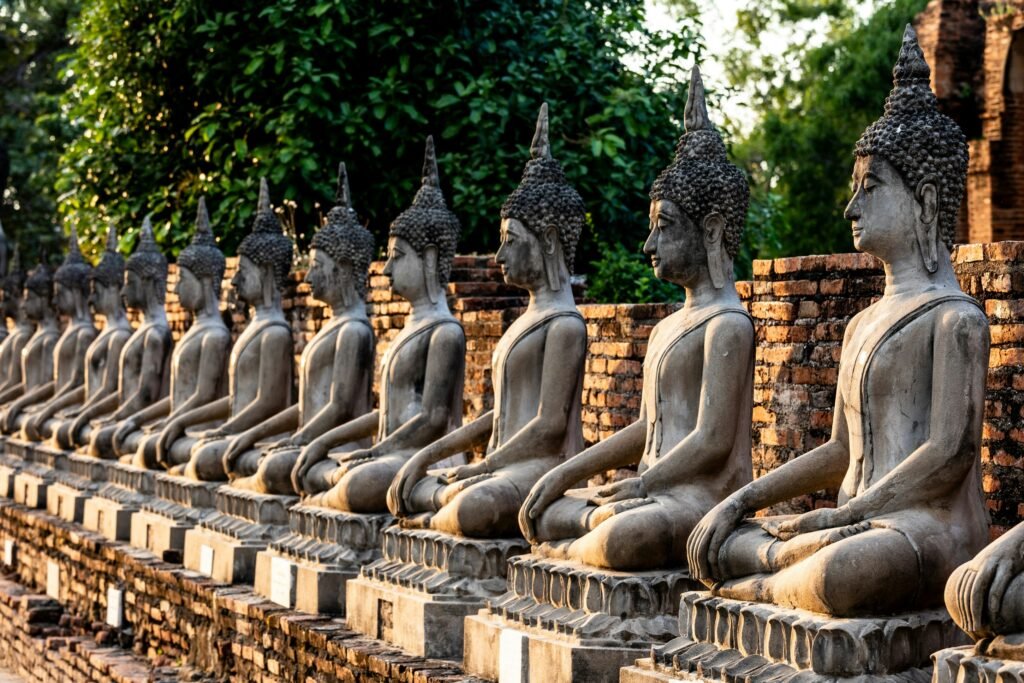

The Buddha stupa is an architectural marvel that embodies the essence of Buddhist spirituality and philosophy through its design. Central to its structure is the base, typically hemispherical or square, symbolizing the Earth. This foundation supports the dome, which represents the universe and serves as a vessel for the relics it enshrines. The harmonious proportions of the base and dome reflect the balance that lies at the heart of Buddhist teachings.
Above the dome lies the harmonica, a square railing that signifies the world of the gods. It is often topped with a chhatra, or umbrella, which represents royalty and protection, further emphasizing the spiritual dimensions associated with the stupa. The chhatra is typically a multi-tiered structure, symbolizing the various realms of existence according to Buddhist cosmology, with each tier distracting the mind away from earthly desires. This progression not only provides aesthetic appeal but also serves as a reminder of the path to enlightenment.
The construction of stupas employs various materials, with clay, stone, wood, and metal being commonly used. Artisans meticulously select these materials for durability while ensuring the structural integrity of the stupa. The techniques vary from region to region, employing traditional methods passed down through generations that marry function and form. For instance, the use of bricks arranged in concentric circles reinforces stability against environmental elements, while intricate carvings and sculptures embellish the exterior, narrating the life of the Buddha and the path to Nirvana.
In essence, the architectural elements of a Buddha stupa are not merely functional, but they are imbued with profound spiritual meaning. Each feature serves as a physical manifestation of Buddhist ideals, encapsulating the philosophy that guides practitioners on their quest for enlightenment and understanding of the universe.
Stupas as Centers of Spiritual Practice
Stupas, as vital architectural structures in Buddhism, serve as significant centers of spiritual practice, drawing practitioners from diverse backgrounds and experiences. These sacred edifices are not merely physical structures but represent the enlightened mind of the Buddha and embody the principles of the Buddhist faith. At stupas, various rituals and ceremonies are performed that deepen the connection between practitioners and their spiritual journeys.
One of the primary rituals associated with stupas is circumambulation, wherein devotees walk around the stupa in a clockwise direction. This act symbolizes honoring the Buddha and signifies various aspects of the spiritual path, including purification and progression towards enlightenment. As practitioners circle the stupa, they often recite mantras or engage in mindful meditation to enhance their concentration and focus. This practice fosters a profound sense of inner peace and reflection.
In addition to circumambulation, offerings often play a crucial role in the spiritual atmosphere of stupas. Practitioners may present flowers, incense, or food to signify respect and veneration. Such acts of devotion not only enhance the beauty of the stupa but also serve as reminders of impermanence and the significance of generosity within the Buddhist teachings. The preparation and presentation of offerings allow individuals to engage deeply with their faith, reaffirming their commitment to the principles of Buddhism.
Moreover, stupas facilitate meditation practices, making them essential for individual reflection and contemplation. Many practitioners find solace in the serene environment surrounding the stupa, which can become a sanctuary for spiritual growth. As modern Buddhism evolves, stupas continue to hold significance, embodying both traditional and contemporary spiritual practices. They remain focal points for community gatherings, teachings, and rituals, reinforcing their role as centers of spiritual practice in Buddhism today.






